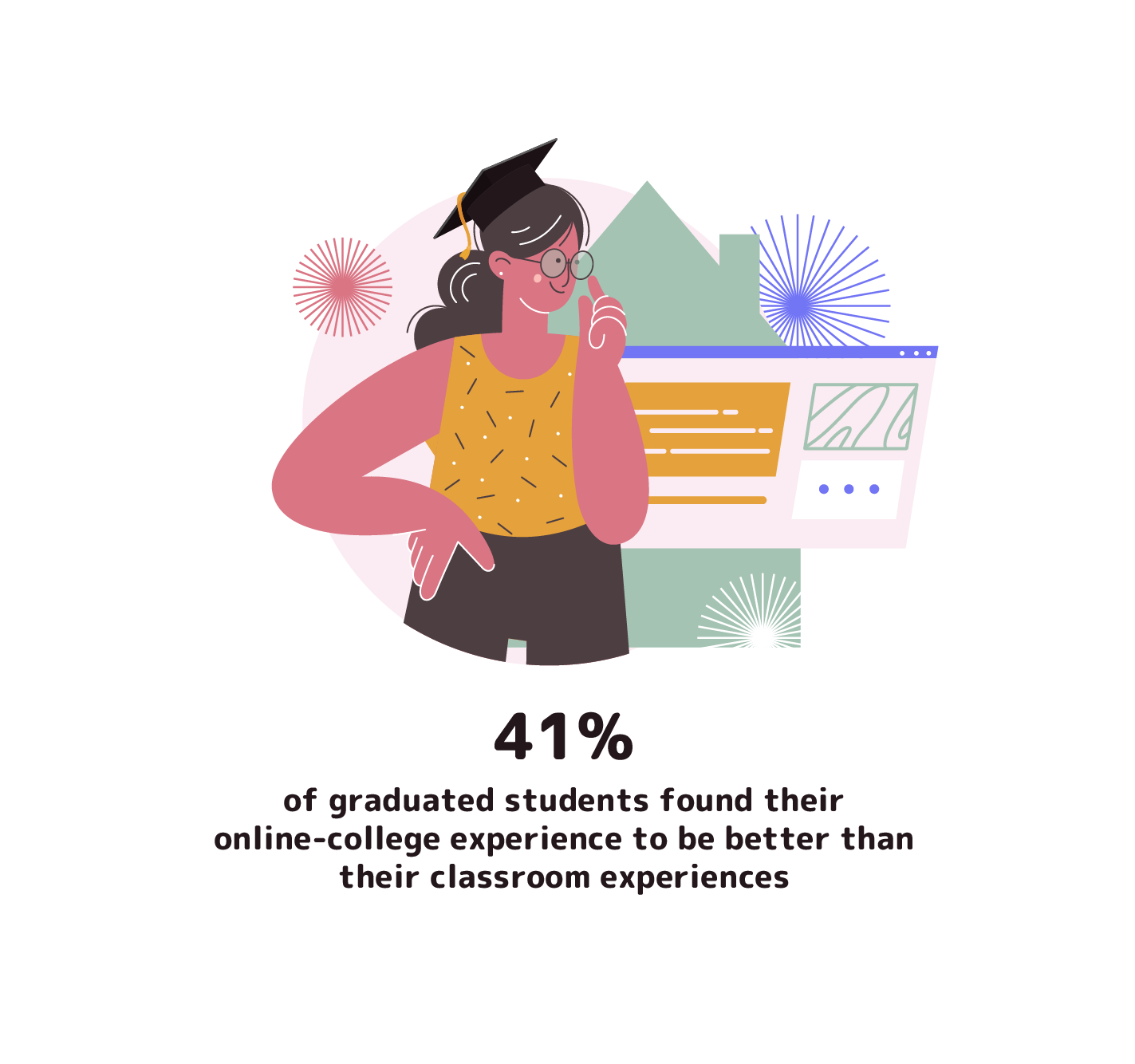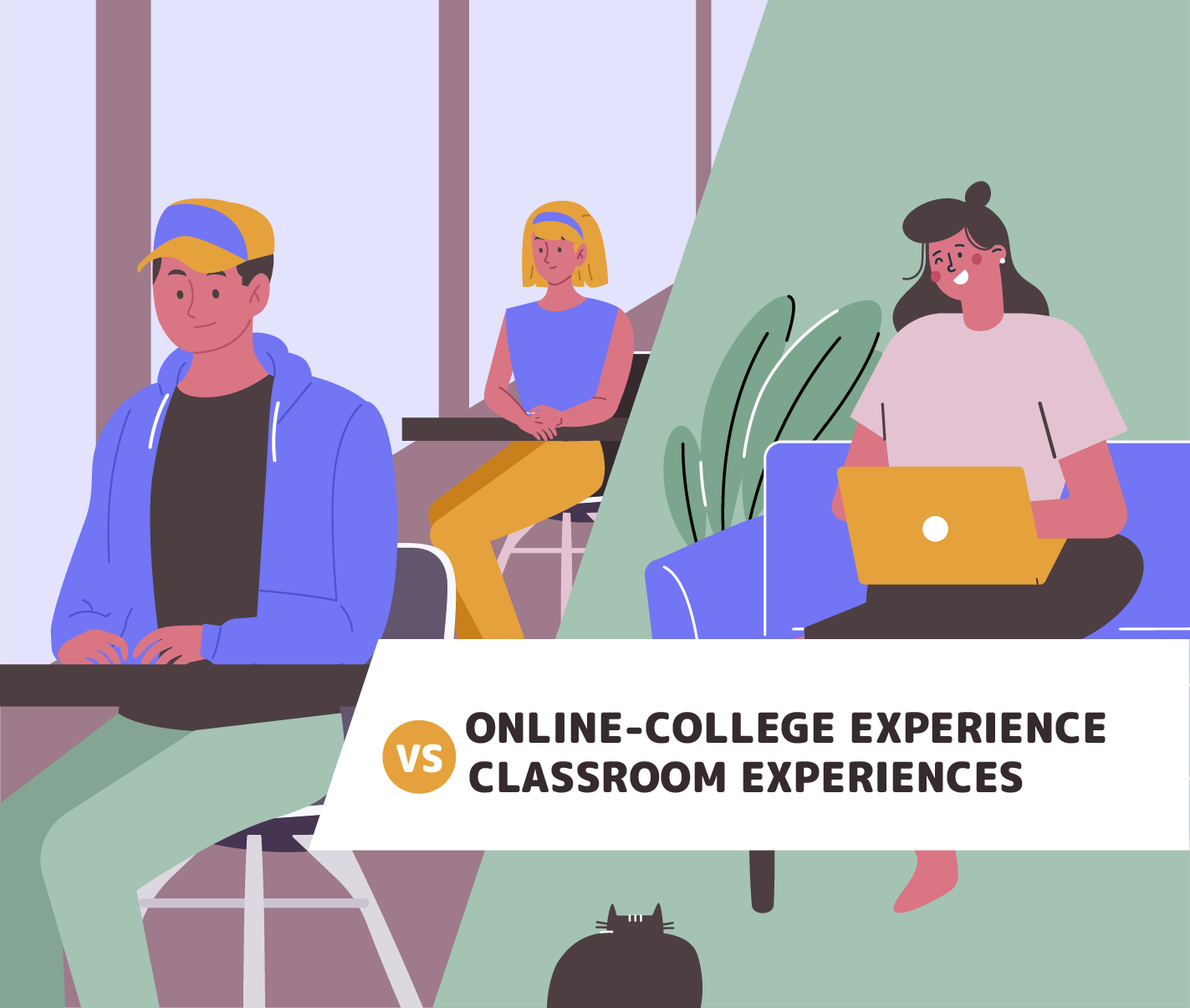Transitioning to online training is becoming increasingly common in higher education worldwide, and the Covid-19 pandemic is also contributing to this trend.
What is online training?
Online training is so-called self-paced teaching and the customizable program installed on your computer or a computer network. This program includes a section for teaching, a variety of quizzes and tests, several multimedia elements, and even sections for writing different academic assignments. Additionally, online training allows learners to participate in live interactions and get real-time feedback from curators and instructors.
One of the greatest strengths of online training is the democratization of the learning process. Online training eliminates geographical, physical, and financial barriers. Learners get the opportunity to study from the comfort of their homes. Moreover, they are also able to determine the most suitable time, content, and pace of studying for themselves. Online training is cheaper than the classical one in most cases. At the same time, the opportunities of universities and learning institutions are expanding, gaining access to those learners who cannot attend classes in person. The statistic illustrates that 41% of graduated students found their online-college experience to be better than their classroom experiences.
What is online facilitation?
Online group collaborations do not always occur spontaneously. They demand encouragement, support, and nurturing. This is a core purpose of online facilitation. Facilitators are responsible for enabling and promoting learning in an online environment successfully and consistently.
If we look at current cases of facilitation of online learning, we can see more interactive videos, gamification elements, and explanations of material in the form of scenarios, simulations, and stories in different learning environments. As an example, the Open Edx LMS gives its learners digital badges as evidence of successful completion of the module or the whole course. Digital badges are becoming a really powerful gamification element, as they point to individual success, abilities, and skills, and overall, contribute to learners’ motivation and participation growth. Additionally, badges represent evidence of learners’ skills and abilities, and they can lead to the creation of a successful e-portfolio, thas is a must in 21-century workplaces.
What are the 4 key tips for facilitating online learning?
Designing online training courses can be a complex process. We suggest four key tips to bring your course to the next level.
1. Familiarize yourself with the modern formats of training
Let’s have a look at what kind of online training formats are currently in trend and how you can benefit from them.
-
Webinars
They are usually 1-2-hour lectures on a specific topic when the speaker and participants are simultaneously in the webinar “room”. The number of participants can be unlimited. The time is set up by organizers, so for the participant, it is an opportunity to plan the day and find a specific time for online training in advance. The participants are also allowed to participate in discussions and ask questions immediately.
-
Online coaching sessions
They are usually performed by a small group of participants (12-18 people) in real-time with an instructor. As a rule, this is a combination of theory and practice. The coaching can be divided into several sessions up to three hours each. Normally, there are plenty of interactive exercises, games, and discussions during one session. More importantly, learners gain theoretical knowledge and practice it on spot.
-
Video courses
They are recorded lectures or lessons which are usually accompanied by slides, infographics, and images on the screen. Learners can choose the time and duration of the training, pause the video at any time, or watch it at 2x speed.
-
Flipping online courses
The flipped classroom is a key model of blended learning, where the traditional sequence of educational activities has changed, particularly, the presentation of theoretical material in the form of lectures goes first and after that, the organization of practical homework assignments is presented. Students independently study theory and conceptual apparatus before starting classroom studies in the subject. To increase engagement in the learning process, the teacher creates opportunities for the application of knowledge, the development of skills and abilities by students (by doing exercises, individual discussion of projects, group discussions, and brainstorming, and many other types of activities learners can be engaged in and participate).
That is to say that flipped learning is a type of blended learning technology, in which the direct transfer of knowledge is moved from the group educational space to the individual one, and the group learning space is transformed into a dynamic interactive environment. As a result, the teacher is thought to be a facilitator, a mentor, a tutor, a consultant and helps students to put theoretical knowledge into practice, develop skills, and to reflect on the subject for further independent learning and development.
-
Online workshops
What is an Online workshop? It is a short, intensive course (one or more sessions), during which the emphasis is on the interaction and the information exchange between participants. If we have a look at the practice of conducting such educational processes, we will see that this is an active form of teamwork, during which they exchange their practical experience, gain and consolidate new skills. The format involves discussions, brainstorming, and case studies, where the participants themselves are experts in the topic. To increase the effectiveness of online learning, it is a must to assign a facilitator who helps organize the group process and keeps track of time.
Particularly for those educators who are interested in creating interactive customized workshops, it is crucial to choose the best learning management system (LMS) that can serve the audience’s needs. According to Kaltura, 63% of surveyed students voted for fully virtual classrooms as a preferred technique to study.
2. Use a variety of interactive tools to facilitate online training
Interaction is aimed at active learning because learners tend to remember more when they apply new knowledge into practice instead of just listening and taking notes of lectures. “Thoughtful interaction” does not mean that you need to stuff every slide of the course with all kinds of quizzes and animations. The purpose of the interactive online learning is not about visual mind-blowing content, but rather creating engaging content which helps to facilitate online training.
-
Firstly, it is important to find the balance between the difficulty of an assignment and skills that learners have already accomplished. The simplest example of how to find the balance is to create several options of the course scenario (beginner, intermediate, high level of difficulty) and invite students to choose the appropriate one or conduct an entry test. For instance, online language courses are organized according to this principle. It makes no sense to place an upper-intermediate student in a group where everyone studies the basics of the language. With the help of a well-organized interactive script, you can transfer the student automatically to another level if he or she shows high knowledge and vice versa.
-
Secondly, the wise implementation of interactive tools helps to increase learners’ attention span. According to research, the average attention span has dropped to 8 sec in the last few years. That is why it is essential not just randomly to insert interactive elements into the course, but to do it deliberately. To keep users’ attention, the video game industry uses the concept of an Interest Curve. An Interest Curve is a graph that captures the key moments of the game. Using the schedule, you can predict with high accuracy when the game will become annoying, and add something exciting to the problem area. The same approach can be implemented in online learning.
Using interactive tools wisely will help keep learners focused from the very beginning till the very end. Probably it requires spending more time and effort on planning the course, but the result is worth it.
3. Encourage group collaboration
Demonstrating the potential to collaborate successfully is crucial for students who move into cutting-edge workplaces. Employers are hoping to hire people who possess team-work skills and will test them on cooperating, completing projects with colleagues, including remotely. Thus, group activities give a great opportunity for learners to polish off such skills, and therefore, to improve their academic performance.
To achieve better collaboration, educators can try to divide learners into small groups and give real-life scenario problems to solve, so that learners become facilitators instead. Such group activities help learners share their experiences with others and demonstrate their knowledge and skills.
4. Provide learners with ‘bite-sized’ modules of training
When your course is hard to digest, a bite-sized approach will help you facilitate online training. Micro training delivers short pieces of content for learners to study at their own chosen pace. At the same time, micro training is a skill-based approach, where learners find quick answers to their problems.
What makes microlearning so special?
The popularity of microlearning approaches is constantly growing because it meets the needs of a modern learner in flexibility, fast-delivered feedback, and just-in-time answers. Here are the specific features of microlearning that make it different from any other approach.
-
Length: average duration of each module is approximately 5 minutes.
-
Focus: each unit provides a certain answer to a specific question.
-
Variety: microlearning includes a huge variety of content, such as video lectures, audio podcasts, presentations, games, assessments, etc.
-
Mobile-friendly learning: content is meant to be responsive and user-friendly from any device.
All in all, microlearning meets all learners’ needs in terms of customization, duration, and is available on demand.
In conclusion, one of the foremost important benefits of eLearning is that it offers learners the chance to become active participants, whereas online instructors might deliver the best practices of their own and share their knowledge worldwide. To accomplish this goal, it is essential to understand the core principles of online facilitation and its key features, thus the deep understanding of how facilitation works helps educators create a safe environment for different personalities, make the atmosphere comfortable and open to participation, and overall provide better experiences for everyone involved, especially when using an LMS for higher education to support these objectives.







